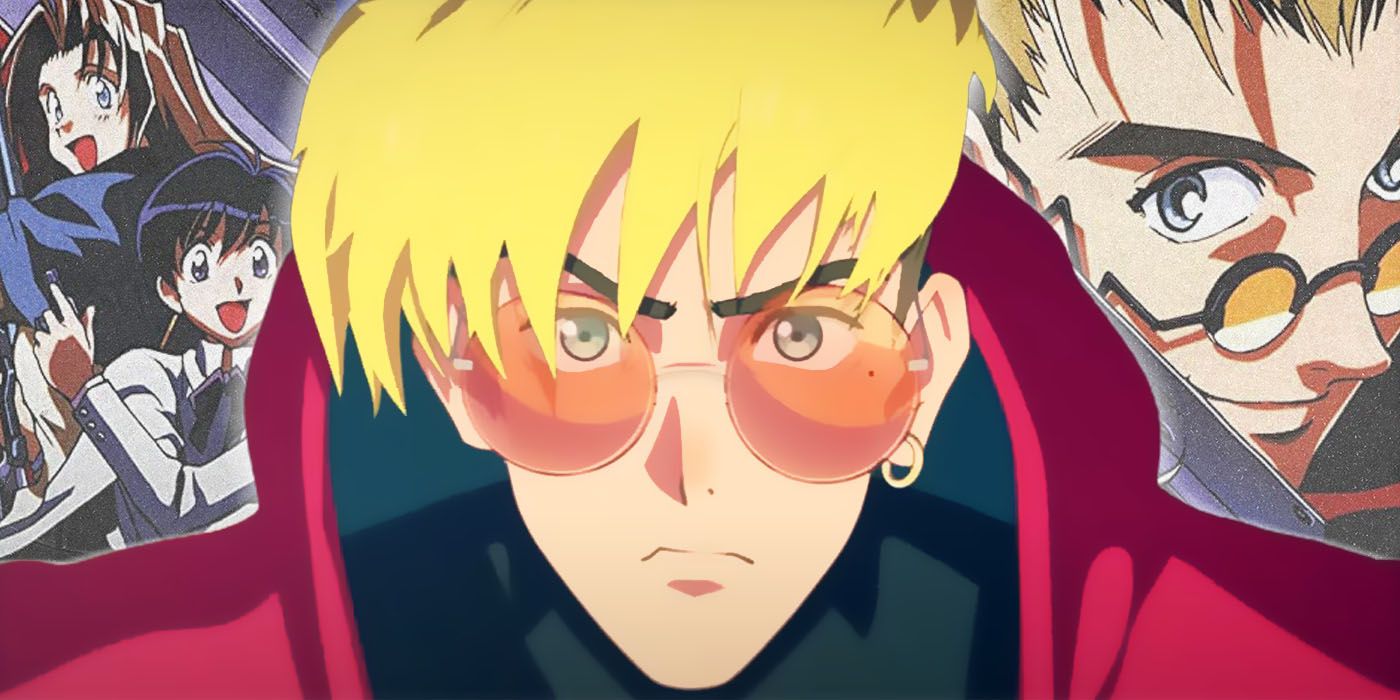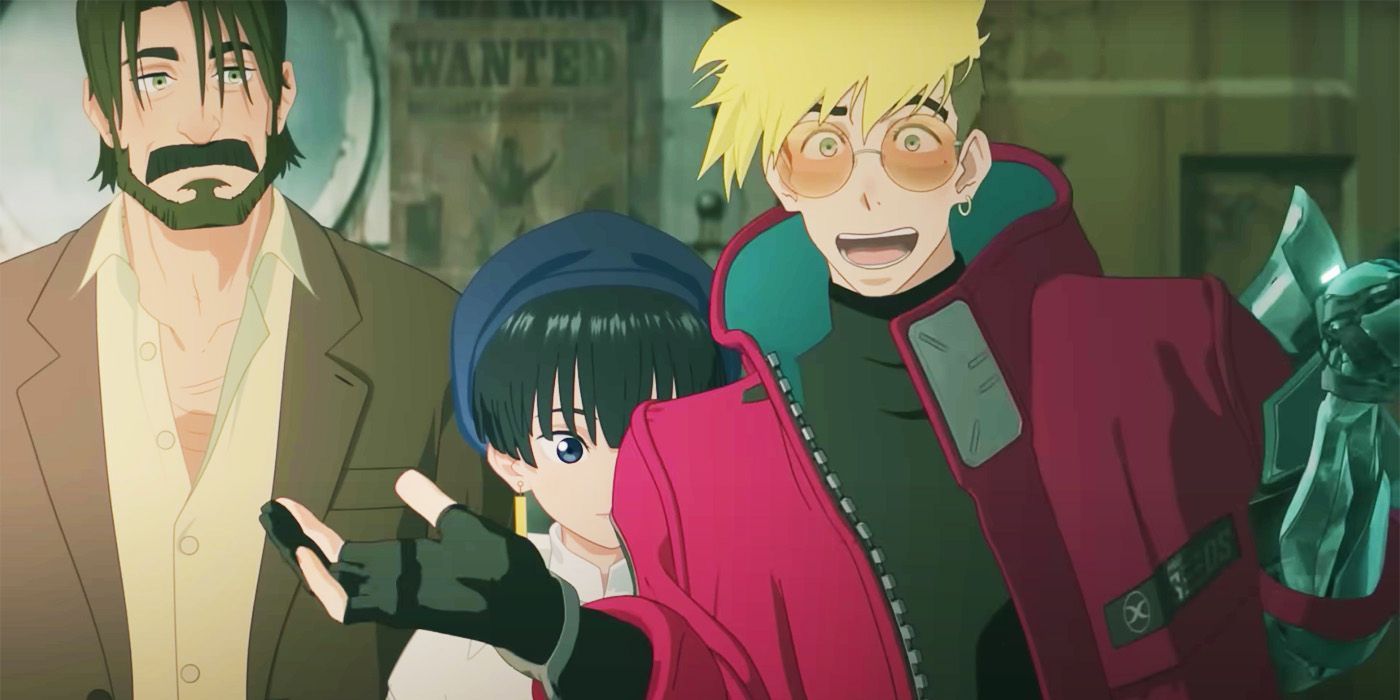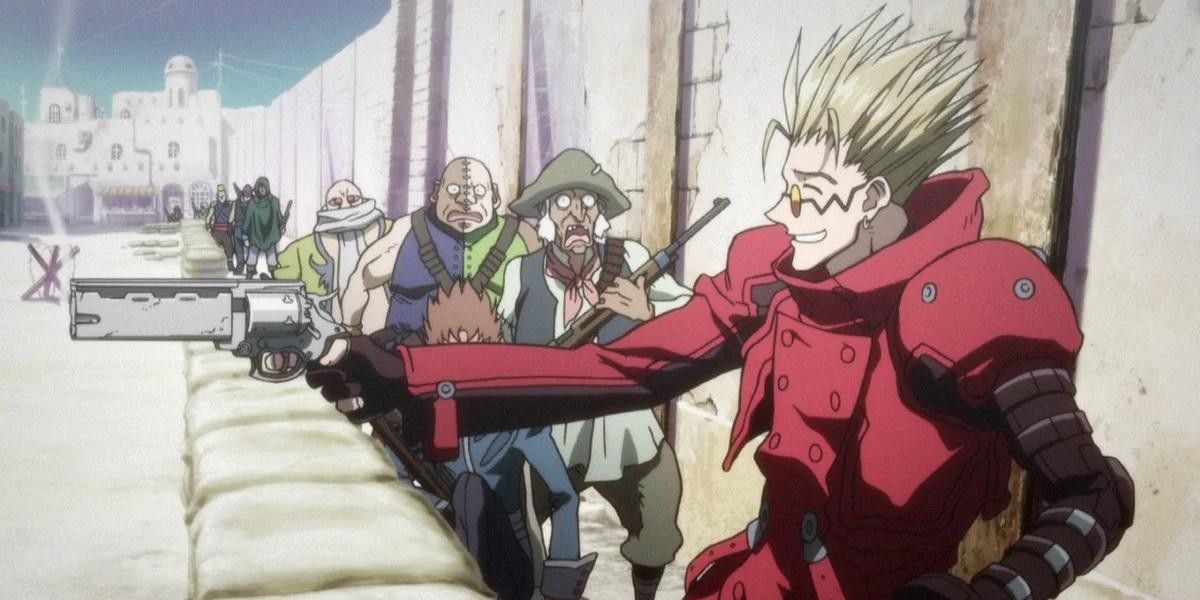It’s a sad truth that many anime fans tend to eschew titles whose animation uses entirely CG. While it’s perfectly fine to have a personal preference for one particular art or animation style or method over another, to completely ignore all CG-only anime based on this preference alone would be to overlook many excellent shows that have come out in recent years, such as Beastars, Land of the Lustrous and Blade Runner: Black Lotus.
The newly-airing Trigun reboot, Trigun Stampede, is another anime to add to this list thanks to its slick character designs, smooth-flowing movement and beautifully detailed background art. With perhaps the odd exception of some moving wide-angle shots, Trigun Stampede proves that CG anime can be just as high-quality and visually striking as its more traditional-looking counterparts. However, one major drawback of this CG is that it files down all of Trigun's jagged edges, which greatly added to the series’ appeal when the initial anime aired in 1998.
Trigun Stampede's CG Is High-Quality But Lacking in Atmosphere
When it comes to creating entirely-CG anime, animation studio Orange has proven to be one of the frontrunners, having already produced the likes of Land of the Lustrous and Beastars in 2017 and 2019 respectively. Orange clearly understands how to take major manga properties and adapt them to screen in all-CG form, typically without sacrificing any major storytelling elements or making any significant visual hiccups. Trigun Stampede is no exception, and even people who may have preferred the anime to have a more traditional look to it were likely somewhat reassured when it was first announced that Orange would be in charge of production.
However, no matter how flawless this CG appears, one massive disadvantage of the Trigun remake is that it lacks the rugged, punchy magnetism and kinetic character of its '90s version. Granted, the 1998 Trigun adaptation was never considered a looker in the conventional sense, even when it was first released. The anime evidently didn’t have a particularly large budget behind it, and it’s been criticized since for its rather limited animation, numerous off-model character shots and scenes that look "more like rough drafts than refined final products." Nonetheless, these traits are precisely what makes '90s Trigun such a good fit for its old-timey space Western setting and likely intentionally tatty, rough-around-the-edges vibe.
A Scruffier Look Matches Trigun's Space Western Genre and Tone
It’s important to remember that the world of Trigun is an especially harsh one; the vast majority of people struggle to survive day-to-day in the unforgiving desert climate of the planet fittingly called No Man’s Land, and society has been forced to build cities and towns around the ruins of previously crashed ships in order to maintain supplies of food and water. Those who inhabit No Man’s Land are therefore tough by necessity, making ends meet by whatever means possible. Appearance would naturally take a back seat to survival, so one would expect both the surroundings and characters to look dirty and disheveled, adding to the realism of Trigun's tone and genre.
Moreover, for fans of classic anime in general, the old-school '90s aesthetic is still beloved by many viewers. Even anime titles that came out around the same and featured far higher-quality artwork and animation didn’t have a squeaky-clean appearance. Cowboy Bebop, for example, another space Western, likewise premiered in 1998, and while its visuals hold up even today, it doesn’t look overly fresh or sterile; the Bebop is instead homey and lived-in, and most characters have a certain element of scruffiness to them, as befitting their vagabond lifestyles and the down-at-heel settings. In broad terms, when people think of anime from this era, they also think fondly of a visual style that never strove to be spotless but instead came across as dynamic, energetic and yes, at least a little unpolished.
Overall, Trigun Stampede looks fantastic, and its CG animation is a glowing testament to how great reboots, or even just anime as a whole, can appear when animated entirely using this process. However, along the way, the franchise has become just a bit too clean and clinical-looking, and this immediately takes away from one of Trigun's earlier defining characteristics: its affectionately-rendered shabby charm.



